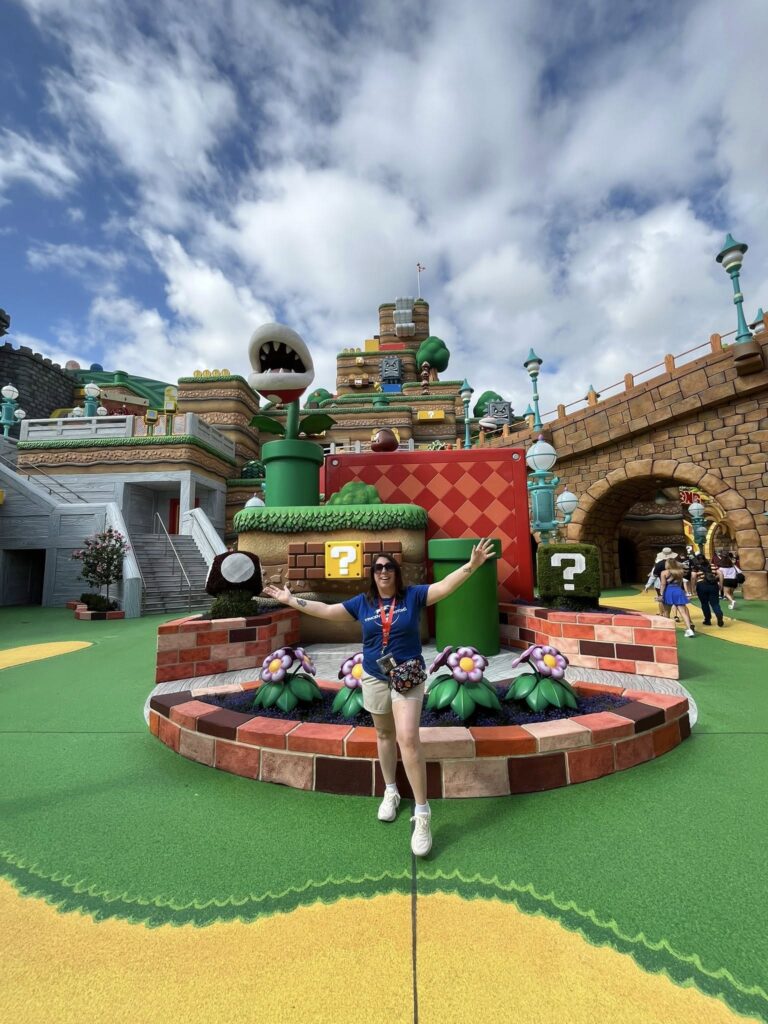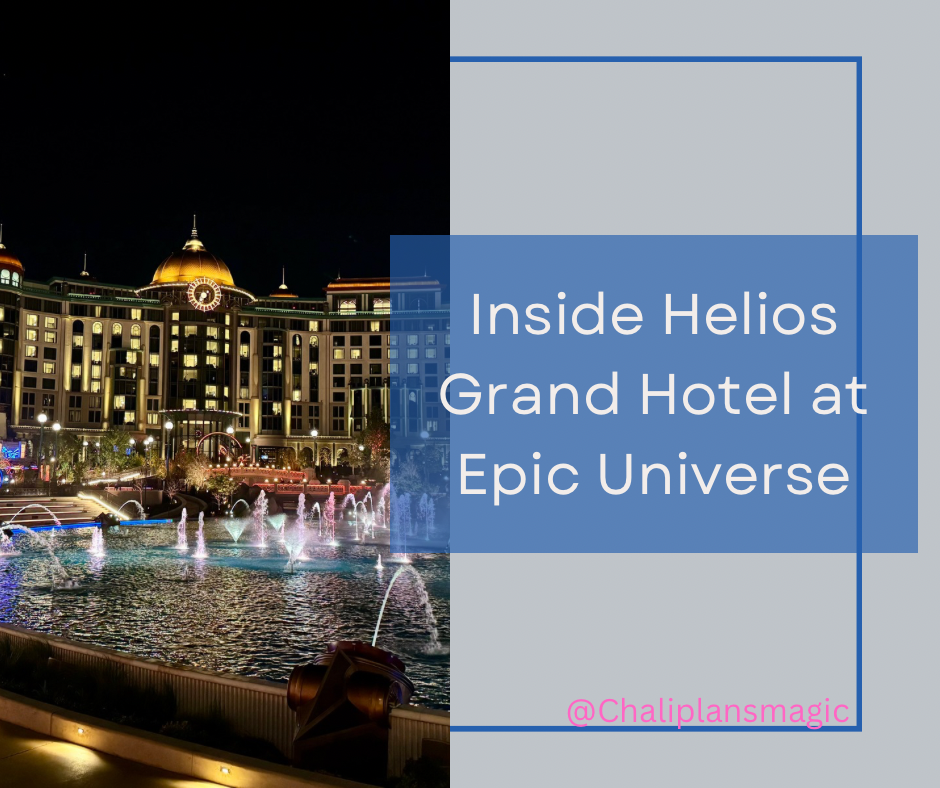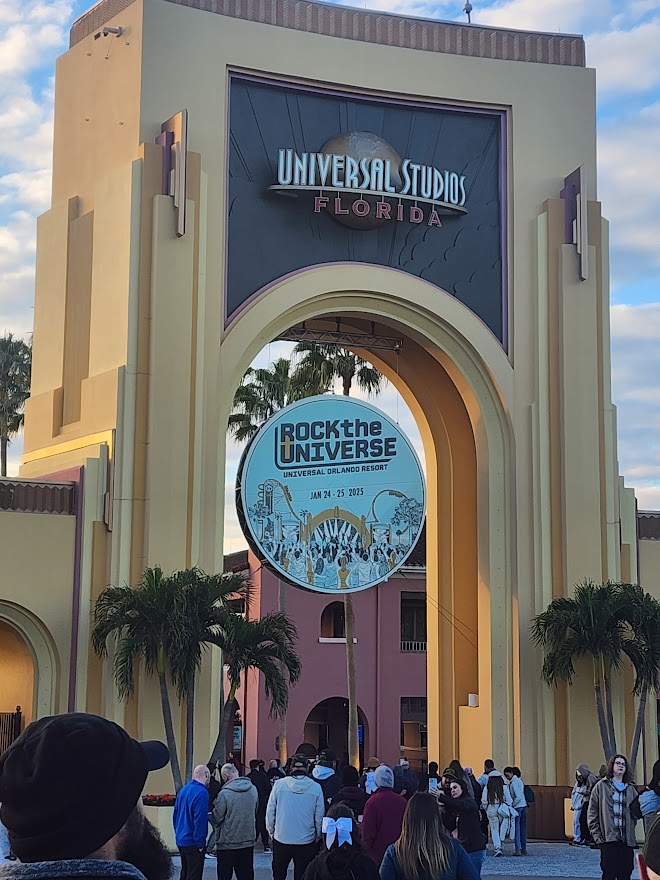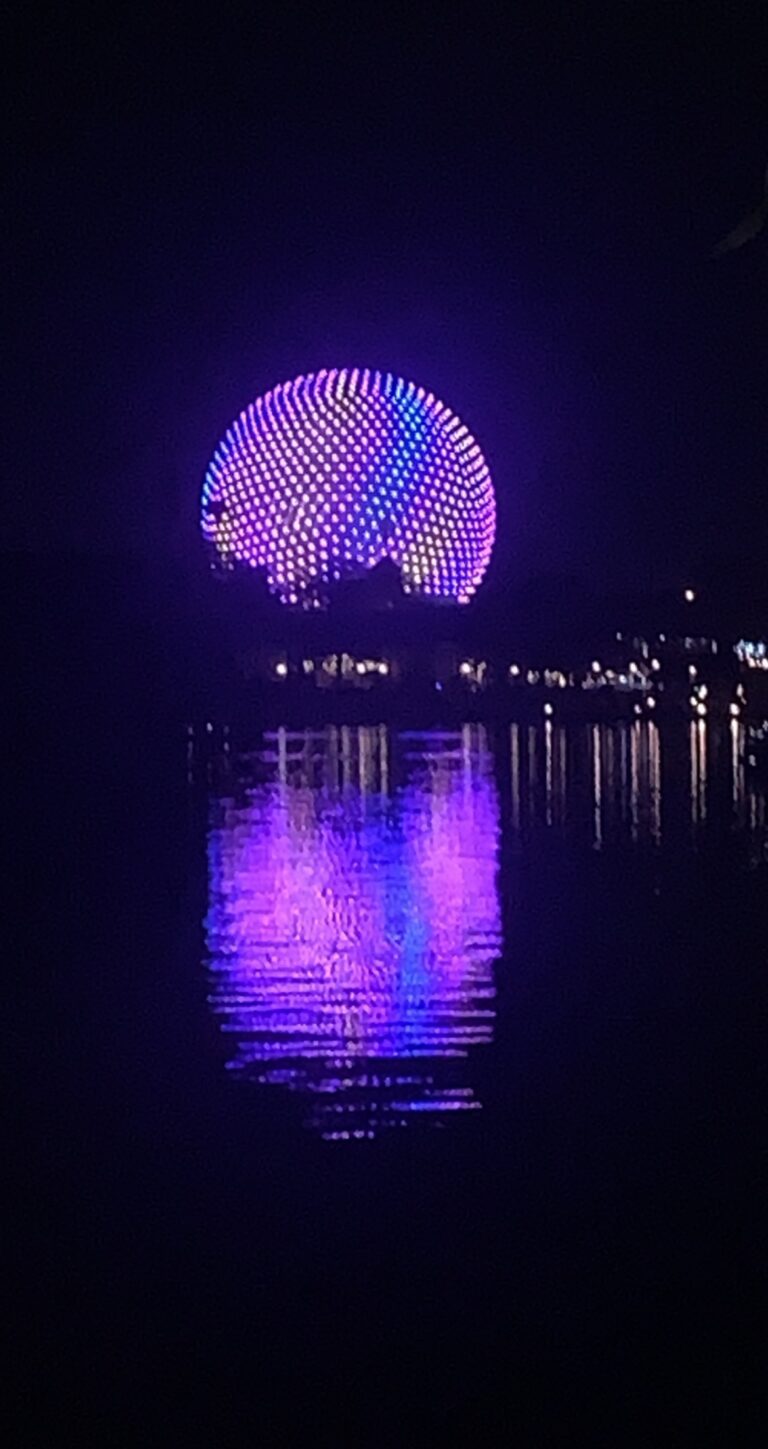
Orlando, Florida, is one of the world's premier leisure destinations, offering more than just outdoor fun and theme parks. Orlando's cleanliness, friendliness, temperate climate and diverse offerings make it a popular getaway for families, honeymooners, seniors and corporate travelers, many of whom immerse themselves in area theme parks, such as Walt Disney World Resorts, SeaWorld Orlando and Universal Studios Florida.
Disney and friends aside, Orlando is magical in its own right, with vast cultural offerings, a melting pot of dining establishments, high-end golf courses and some of Florida's most popular freshwater fishing locales. It feels young, both in terms of its energy level and its many new or restored neighborhoods. Downtown Orlando continues to grow in popularity.
Must See or Do
Sights—The fabulous theme parks at Walt Disney World Resort; marine animals and Aquatica water park at SeaWorld Orlando; Universal Studios Florida and thrill rides at Universal's Islands of Adventure, with the Wizarding World of Harry Potter leading the charge.
Museums—Orlando Museum of Art; The Charles Hosmer Morse Museum of American Art; Orange County Regional History Center and Heritage Square; Mennello Museum of American Art.
Memorable Meals—The divine Benedict with lingonberry sauce at The Boheme downtown; fresh fish du jour with a lake view at Harry's Old Place in Winter Haven; shrimp and grits at Hamilton's Kitchen in Winter Park; brown butter bread pudding at Eleven at the Reunion resort in Kissimmee.
Late Night—Universal's CityWalk; the Pointe Orlando entertainment and shopping complex near International Drive; martini and rooftop bars on International Drive; bars and live entertainment at Disney Springs; lively shopping and alfresco dining found in Winter Park and Winter Park Village; fun, old-fashioned rides in Old Town in Kissimmee.
Walks—Taking a leisurely walk (about 1 mi/2 km) around Lake Eola Park; strolling the upscale shops along Park Avenue shopping area in Winter Park; meandering amid the camellias at Harry P. Leu Gardens.
Especially for Kids—SeaWorld Orlando; Universal Orlando Resort; Disney's Magic Kingdom and Disney's Animal Kingdom in Walt Disney World Resort; Gatorland; the Orlando Science Center; Legoland.
Geography
There's a difference between Orlando the city and Greater Orlando, which encompasses Orange, Osceola, Seminole, Brevard and Lake counties. Many attractions and facilities associated with Orlando are actually outside or on the edge of the city proper but still within the area popularly thought of as Orlando.
Walt Disney World Resort is some 30 minutes southwest of downtown Orlando, in Lake Buena Vista. SeaWorld Orlando, Universal Orlando Resort and the Orange County Convention Center are also southwest of downtown. These areas, along with Kissimmee, east of Disney, are chockablock with hotels and fast-food restaurants. The downtown area's offerings include art, culture, history, dining and nightlife.
North of the city is Historic Eatonville, Winter Park and Maitland followed by Seminole County, which includes bedroom communities of Altamonte Springs, Casselberry, Longwood, Lake Mary and Winter Springs, where you'll find lots of shopping and sightseeing. Hotels, motels and an array of dining opportunities are offered throughout suburban Seminole County.
To the west of downtown, Lake County boasts more than 1,000 lakes (including part of the Butler chain) and more of the wall-to-wall residential and commercial development that is rapidly changing central Florida. To the north is the 450,000-acre/180,000-hectare Ocala National Forest.
Orlando's location in the middle of the state places it within easy driving distance of the Tampa-St. Petersburg area along the Gulf of Mexico, as well as Daytona Beach, the Cape Canaveral and Cocoa Beach area, and St. Augustine to the east.
History
The Sunshine State's theme-park city had humble beginnings. In 1838, U.S. Army volunteers built Fort Gatlin, south of what is now downtown, to protect area settlers from attack during the Second Seminole War. By the time the war ended in 1842, the small community had become known as Jernigan, after the pioneering Jernigan family from Georgia.
In 1857, the city's name was changed to Orlando. The most widely accepted of at least four stories behind the name credits soldier Orlando Reeves, who was killed by Seminoles while serving sentinel duty at what is now his place of burial and a downtown centerpiece: Lake Eola Park.
Many Orlando pioneers earned a living in cattle ranching and supplied beef to soldiers during the Civil War. Travel to the swampy wilds of central Florida was difficult until the early 1880s, when Henry Plant's Atlantic Coastline Railroad provided access to the region. It also gave rise to the area's citrus industry, as the fruit could be exported north via refrigerated railroad cars.
One of the area's earliest settlers was Elias Disney, a Canadian who tried his luck as a hotelier and a farmer. He failed at both pursuits and moved to Chicago in 1889. In 1936, Dick Pope opened a central Florida theme park known as Cypress Gardens and became known as the state's "Father of Tourism." But Cypress Gardens would never approach the magnitude of a park Elias's son, Walt, eventually brought to the area. Some three decades after Cypress Gardens opened, Walt Disney purchased more than 43 sq mi/111 sq km of Orlando's pristine land for his Magic Kingdom.
Walt Disney died of lung cancer five years before Walt Disney World's 1971 opening. His brother Roy saw to the park's completion and named it in honor of him. The grand plan included more than the Magic Kingdom amusement park, which opened as phase one of the project with its hotels, campgrounds, golf courses and restaurants. Walt Disney had also envisioned building an air-conditioned futuristic community named Epcot (Experimental Prototype Community of Tomorrow). It finally premiered in 1982 but was more of a theme park than Disney may have originally intended.
Large-scale attractions, amusement parks, and film and television production complexes continue to dominate Orlando, but the region is also gaining recognition as a high-tech center, as well as a world-class meeting destination. Convention centers abound and include the Orange County Convention Center, which offers more than 2 million sq ft/185,000 sq m of exhibit space, making it the second-largest facility of its type in the U.S.
Potpourri
Looking for hidden Mickeys at Walt Disney World Resort can add to the fun throughout your stay. You'll find Mickey ears on your breakfast waffles, on the water tower, and in countless unexpected places throughout the parks and hotels.
An entire chapel of Tiffany glass, designed for the 1893 World's Columbian Exposition in Chicago, was transported from New York City, restored and installed in The Charles Hosmer Morse Museum of American Art in Winter Park, just north of Orlando.
With more than 100 attractions in Orlando, it would take guests 67 eight-hour days to visit every spot.
Orlando has dozens of golf courses and virtually year-round sunshine drawing golfers from around the country and the world.
Famous residents of Orlando have included TV star Delta Burke, movie star Wesley Snipes, basketball star Shaquille O'Neal and golf great Tiger Woods.
Orlando has the second-largest convention center in the nation. The Orange County Convention Center is 7 million sq ft/650,000 sq m, and generates its own power with nearly 6,000 solar panels.
Orlando is one of the most-visited cities in the U.S.
Central Florida has nearly 100 state and local parks that will please nature lovers with activities that range from paddleboarding to horseback riding.
Location
The Beach Line Expressway (FL-528) is a toll road that connects Orlando directly with Port Canaveral, just 50 mi/80 km to the east. The world's second-busiest port terminal on the Atlantic Ocean boasts something for everyone—boat ramps, bike paths, campsites and picnic areas, restaurants, beaches, shops and public parks. Locally, charter boats lure fishermen to the catch of the day.
Port Canaveral currently operates six terminals and plans to add more in the coming years. It is the second busiest multi-day cruise embarkation port in the world.
Easy-to-read signage makes port arrivals a cinch. There is plenty of terminal-side parking. Long-term parking fees are US$17 per day; fees are payable when you leave the port. Before boarding, shop at The Cove or have some fun at Jetty Park just down the harbor. The lifeguard-protected ocean beach situated along a 1,200-ft/366-m recreation pier is an angler's dream, and it has plenty of bike paths and picnic pavilions.
Visitors can get a bird's-eye view of the port from its Exploration Tower. The seven-story building can host about 100 people on its top deck, which has a prime view of the Kennedy Space Center just north of the port. But most floors have good views of the center because the north side of the building is mostly faced with glass. The first six floors are full of port history, interactive displays and installations that give visitors ideas for things to do in central Florida. There is a 13-minute movie of the port. A simulator lets visitors play pilot by bringing a vessel into port under three different scenarios.
Several cruise lines take passengers to assorted Caribbean destinations. The cruise lines can arrange transfers between the pier, airports and nearby accommodations for departing cruise guests. Disney offers these services in a package form that includes a cruise on one of Disney's ships, admission into its theme parks and a stay at a Walt Disney World hotel. Taxi, limo and shuttle services at the port, airport and hotels are readily available and easy to arrange.





































